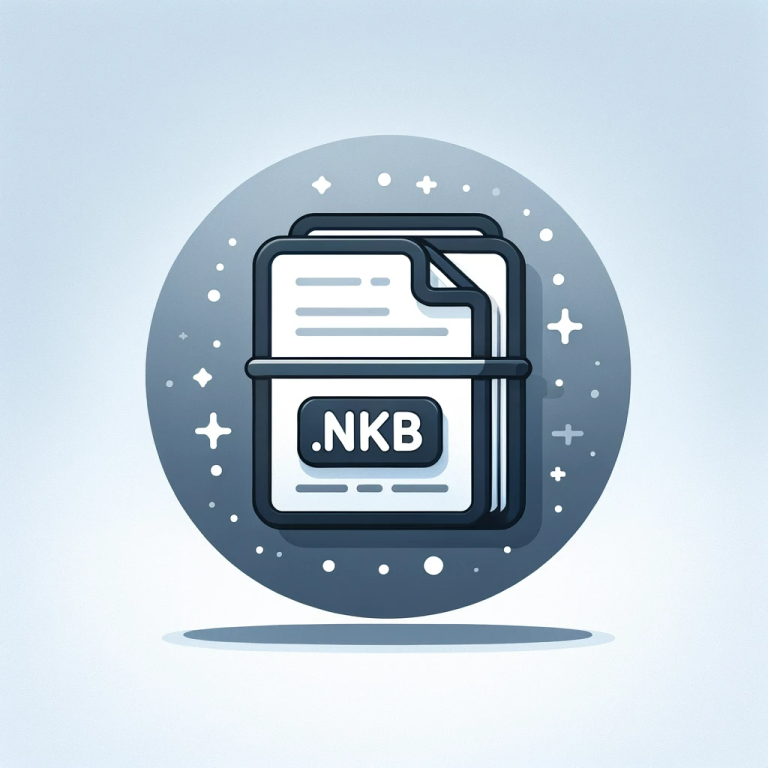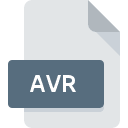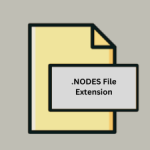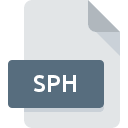.NKB File Extension

Kontakt Audio Bank
| Developer | Native Instruments |
| Popularity | |
| Category | Audio Files |
| Format | .NKB |
| Cross Platform | Update Soon |
What is an NKB file?
File extensions play a vital role in the world of digital technology, helping us identify the type of information contained within a file.
Among the multitude of file extensions, the .NKB extension is significant for audio enthusiasts and musicians, as it is associated with Kontakt Audio Banks.
In this article, we will delve into the origin, history, technical details, advantages, disadvantages, and methods for opening and converting .NKB files.
More Information.
Native Instruments introduced the Kontakt software in 2002, revolutionizing the way musicians and producers work with sampled instruments.
The .NKB file extension was designed to streamline the process of sharing and organizing instrument libraries.
Kontakt’s versatile scripting and programming capabilities made it possible to create complex virtual instruments, and .NKB files served as the ideal format for packaging and distributing these instruments.
Origin Of This File.
The .NKB file extension is primarily associated with Native Instruments’ Kontakt software, a renowned platform for creating and playing sampled instruments.
Kontakt Audio Banks, or .NKB files, are containers that hold a collection of samples, scripts, and other data necessary to create rich and expressive virtual instruments.
File Structure Technical Specification.
Understanding the internal structure of .NKB files is essential for anyone working with Kontakt instruments. These files consist of several key components:
- Samples: .NKB files store audio samples, which are the raw sound recordings used to create virtual instruments. These samples can be in various formats, such as WAV or AIFF.
- Scripts: Kontakt instruments often include scripts written in the Kontakt Scripting Language (KSP) or Native Script. These scripts add functionality and interactivity to the instruments, allowing users to customize their sound.
- Mappings: .NKB files contain mappings that specify how samples are triggered and controlled. This includes key ranges, velocity layers, and other mapping parameters.
- Instrument Metadata: Metadata such as instrument names, descriptions, and artwork may be included to provide users with information about the virtual instrument.
- Settings: Various settings related to instrument behavior, effects, and performance parameters are stored within .NKB files.
- Embedded Samples: In some cases, .NKB files may embed the audio samples directly, making it easier to share and distribute instruments without needing external sample files.
How to Convert the File?
Converting .NKB files, which are associated with Kontakt Audio Banks, may be necessary when you want to use Kontakt instruments in other formats or software. Here’s a more detailed guide on how to convert .NKB files:
Method 1: Export as NKI (Native Instruments Kontakt Instrument):
Native Instruments Kontakt allows you to export .NKB files as NKI files, which are compatible with Kontakt and can also be used in other software that supports the NKI format. Here’s how to do it:
- Open Kontakt: Launch Native Instruments Kontakt on your computer.
- Load the .NKB File: In the Kontakt interface, go to the “File” menu and choose “Open.” Navigate to the location of the .NKB file you want to convert and select it. Kontakt will load the instrument.
- Export as NKI: Once the .NKB file is loaded, go to the “File” menu again, but this time, choose “Save As.” In the dialog box that appears, select the NKI format as the file type. Choose a location to save the NKI file and provide a name for it. Click “Save” to export the instrument as an NKI file.
- Conversion Complete: Your .NKB file has now been converted to the NKI format and can be used in Kontakt or other software that supports NKI instruments.
Method 2: Extracting Samples:
Sometimes, you may only need the audio samples from a Kontakt instrument rather than the entire instrument. You can extract the samples from the .NKB file using specialized software or Kontakt’s built-in export functions:
- Open Kontakt: Launch Native Instruments Kontakt on your computer.
- Load the .NKB File: Go to the “File” menu and choose “Open.” Select the .NKB file you want to work with and load it into Kontakt.
- Export Samples: In Kontakt, you can export the samples used in the instrument. To do this, go to the “File” menu and select “Batch Re-save.” This option allows you to save all the samples from the loaded instrument.
- Choose Destination: Choose a destination folder where you want to save the samples. You can specify the file format (e.g., WAV or AIFF) and other settings depending on your requirements.
- Start the Export: Click “Start” or “Batch Process” to initiate the export process. Kontakt will extract and save all the samples from the .NKB instrument to the specified folder.
- Conversion Complete: Your audio samples are now saved in a format that can be used in various digital audio workstations (DAWs) and music production software.
Method 3: Third-party Converters:
There are third-party software tools and converters available that can help you convert .NKB files to other formats like SFZ, EXS24, or SoundFont. Some of these tools may offer more flexibility and options for conversion. Here’s a general outline of the process:
- Install the Converter: Download and install a reliable third-party converter that supports .NKB file conversion. Be sure to choose a converter compatible with your operating system.
- Open the Converter: Launch the converter software on your computer.
- Import the .NKB File: Use the converter’s interface to import the .NKB file you want to convert. This typically involves clicking a “Browse” or “Open” button and selecting the .NKB file.
- Choose Output Format: Select the desired output format for the conversion. The available formats may vary depending on the converter you are using.
- Configure Conversion Options: Some converters may allow you to adjust conversion settings, such as sample rate, bit depth, and other parameters. Configure these settings according to your preferences.
- Start the Conversion: Initiate the conversion process by clicking a “Convert” or “Start” button within the converter software.
- Conversion Complete: Once the conversion is finished, the converter will generate files in the chosen format, which you can then use in your preferred music production software.
Advantages And Disadvantages.
Advantage:
- Efficient Organization: .NKB files consolidate all necessary components of a Kontakt instrument into a single file, simplifying instrument management.
- Portability: Users can easily share and transfer .NKB files, making it convenient for developers to distribute their virtual instruments.
- Customization: Kontakt’s scripting capabilities allow for extensive customization of virtual instruments, giving musicians and producers creative control over their sounds.
Disadvantages:
- Compatibility: .NKB files are specific to Kontakt, which means they may not be directly usable in other software or hardware without conversion.
- File Size: Complex instruments with high-quality samples can result in large .NKB files, which may consume significant storage space.
- Complexity: Developing Kontakt instruments and working with .NKB files can be challenging for beginners due to the scripting and mapping complexities involved.
How to Open NKB?
Open In Windows
Native Instruments Kontakt:
- Install Native Instruments Kontakt on your Windows computer.
- Launch Kontakt.
- Go to the “File” menu and select “Open” or “Add Library” to load the .NKB file.
Open In Linux
Wine:
- Install Wine, a compatibility layer for running Windows applications on Linux.
- Install Native Instruments Kontakt within Wine.
- Open Kontakt using Wine and then load the .NKB file through the “File” menu.
Open In MAC
Native Instruments Kontakt:
- Install Native Instruments Kontakt on your Mac.
- Open Kontakt.
- Go to the “File” menu and select “Open” or “Add Library” to load the .NKB file.
Open In Android
Kontakt Mobile:
- Check the Google Play Store for the availability of Kontakt Mobile, if it exists.
- Install the app on your Android device.
- Use Kontakt Mobile to open and play .NKB files, if supported.
Open In IOS
Kontakt Mobile:
- Check the App Store for the availability of Kontakt Mobile on iOS.
- Install the app on your iPhone or iPad.
- Use Kontakt Mobile to open and play .NKB files, if supported.
Open in Others
- Convert .NKB files to supported formats or explore cross-platform DAWs and samplers.
- Virtual machines may help run Kontakt on unsupported systems.
- Investigate third-party software or custom solutions if available.













